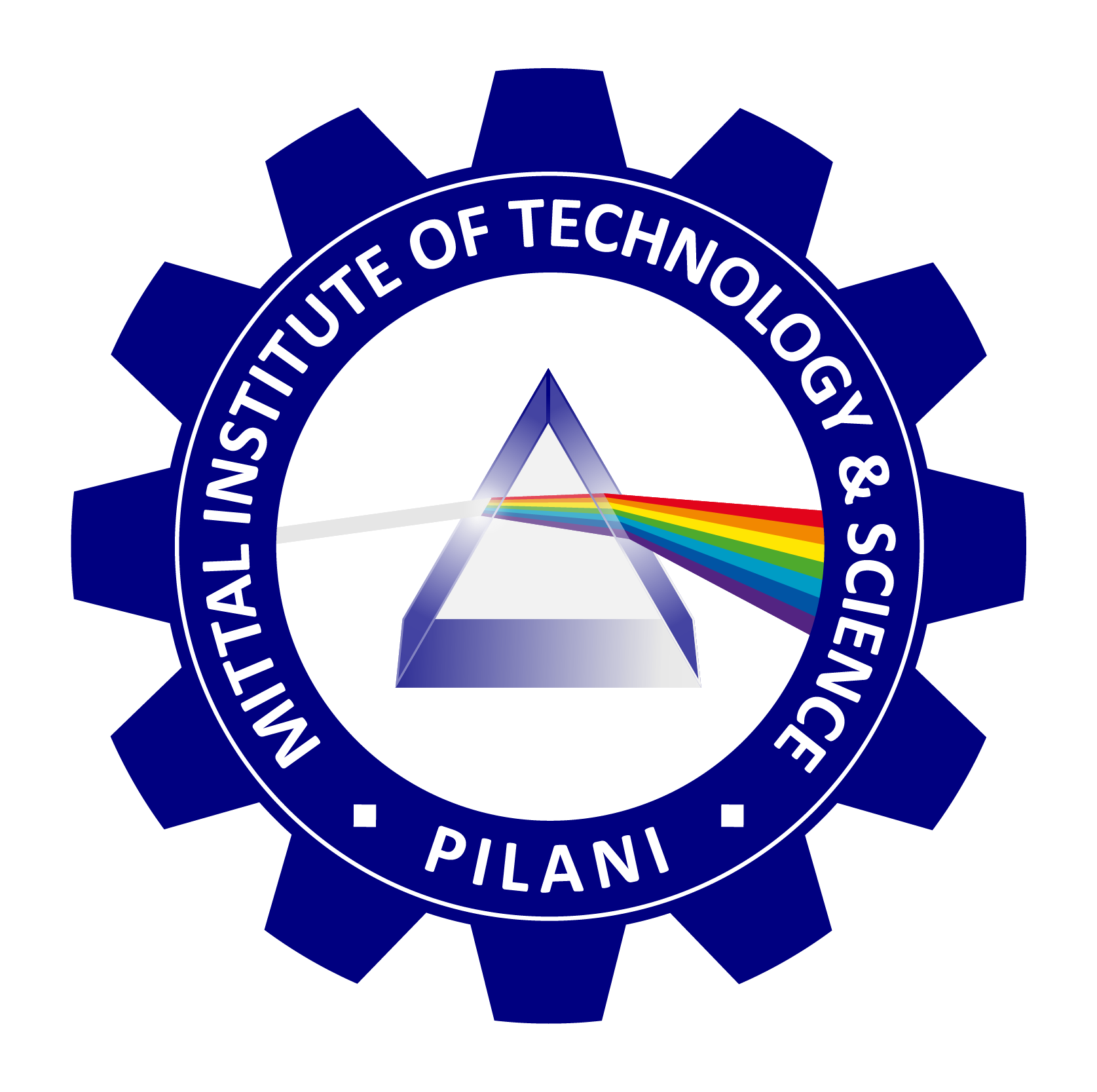
MITTAL INSTITUTE OF TECHNOLOGY & SCIENCE, PILANI
The Reasons for the Evolution of MongoDB
In the ever-evolving landscape of data management, the rise of MongoDB represents a significant shift from traditional relational database systems towards a more flexible, scalable, and developer-friendly paradigm. MongoDB, a NoSQL database developed by MongoDB Inc., emerged in the late 2000s as a response to the growing limitations of conventional relational databases (RDBMS) in handling the demands of modern applications. Its evolution is rooted in several compelling technological, business, and architectural needs that arose with the expansion of the digital economy.
- Explosion of Unstructured and Semi-Structured Data
The traditional relational databases excel at handling structured data with well-defined schemas, such as banking records or customer information. However, the advent of the internet, social media, mobile applications, and IoT led to an explosion of unstructured and semi-structured data. Content such as social media posts, logs, sensor data, images, and videos does not fit neatly into rows and columns.
MongoDB was designed with a flexible, document-oriented model using BSON (Binary JSON). This allows developers to store complex data types such as arrays and nested documents easily, without having to rigidly define the schema upfront. The dynamic schema feature enables faster iteration and adaptability, which is crucial in modern applications where data models frequently evolve.
- Need for High Scalability
As companies like Google, Facebook, and Amazon scaled to handle billions of users, the limitations of vertically scaling relational databases became evident. Scaling an RDBMS often means expensive hardware upgrades and complex sharding mechanisms.
MongoDB was architected for horizontal scalability from the beginning. It supports automatic sharding, which distributes data across multiple servers seamlessly. This allows organizations to handle huge volumes of data and high-throughput operations with commodity hardware, thus reducing costs and improving performance at scale.
- Demand for Agile Development and Faster Time-to-Market
Modern software development emphasizes agile methodologies, continuous integration, and rapid iteration cycles. Traditional relational databases often slow down the development process because changing the schema requires time-consuming migrations and careful coordination.
MongoDB empowers developers by providing a schema-less design, which means applications can evolve more rapidly. Developers can adjust data structures without extensive downtime or migration procedures, making MongoDB an ideal choice for startups and tech giants alike seeking to innovate quickly.
- Cloud-Native and Distributed Applications
The rise of cloud computing created the need for databases that could naturally operate in distributed environments. Traditional RDBMSs, which were designed for single-server deployments, struggle to leverage the full potential of cloud infrastructure.
MongoDB, with its built-in replication and distributed architecture, is inherently cloud-friendly. MongoDB Atlas, its fully managed cloud database service, provides automated scaling, global distribution, and backup solutions, making it a popular choice for organizations building resilient, cloud-native applications.
- Handling High Write Loads and Real-Time Analytics
Applications such as real-time analytics, IoT platforms, and content management systems require databases that can efficiently handle high write loads and deliver fast reads without complex tuning.
MongoDB is optimized for high-throughput operations with features like memory-mapped storage, in-memory performance improvements, and write concerns that give control over consistency and durability. The ability to ingest massive amounts of data and query it in near-real time supports the performance demands of modern data-driven applications.
- Support for Rich Querying and Indexing
One of the criticisms of early NoSQL databases was their lack of powerful query capabilities. MongoDB evolved to offer rich query features, including support for ad-hoc queries, secondary indexes, aggregation pipelines, geospatial queries, and full-text search.
This hybrid capability provides the flexibility of NoSQL while retaining some of the powerful features of SQL systems, making MongoDB suitable for a broad range of use cases, from content management and cataloging to analytics and IoT data processing.
- Open Source and Community Support
MongoDB’s open-source nature has significantly contributed to its widespread adoption. Developers and organizations can start using MongoDB without upfront licensing costs, experiment with deployments, and customize it to meet specific needs.
The large and active MongoDB community continuously contributes to its ecosystem, enhancing drivers, tools, and integrations across multiple programming languages and platforms. This community-driven development has accelerated MongoDB’s evolution and adoption worldwide.
The evolution of MongoDB is a direct response to the shifting needs of modern application development. Traditional relational databases, while robust and reliable for many enterprise use cases, could not keep pace with the demands of handling vast amounts of unstructured data, achieving high scalability, enabling agile development, and supporting distributed cloud-native architectures. MongoDB’s flexible data model, scalability, developer-friendly features, and strong community support have positioned it as a leading choice for businesses seeking to innovate rapidly and build applications for the future. As data continues to grow in both volume and complexity, MongoDB is likely to remain at the forefront of database technology evolution.
